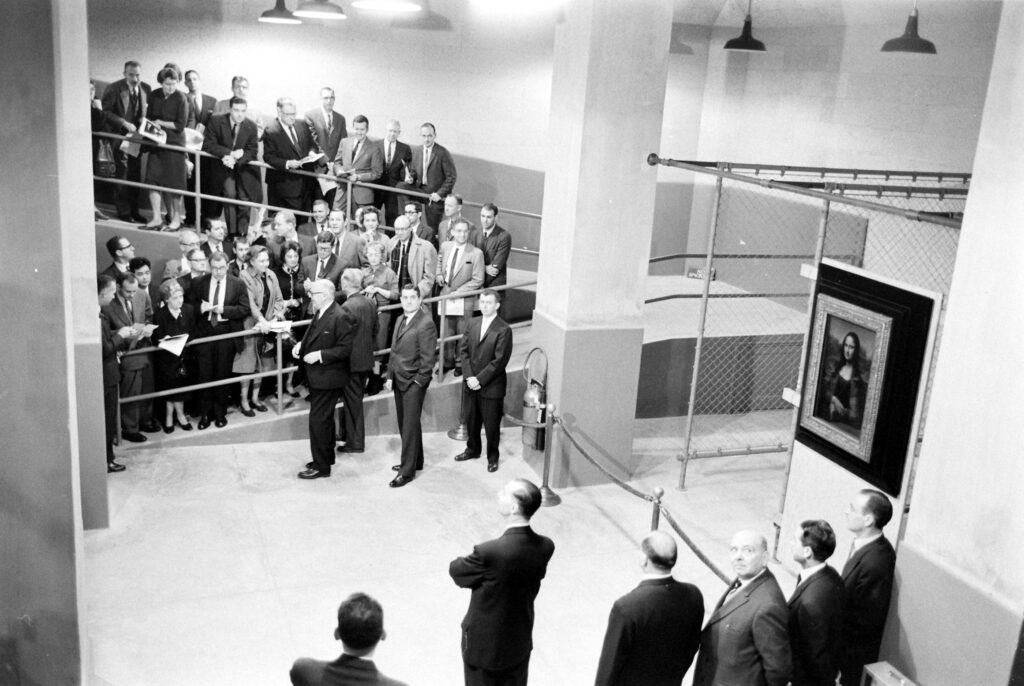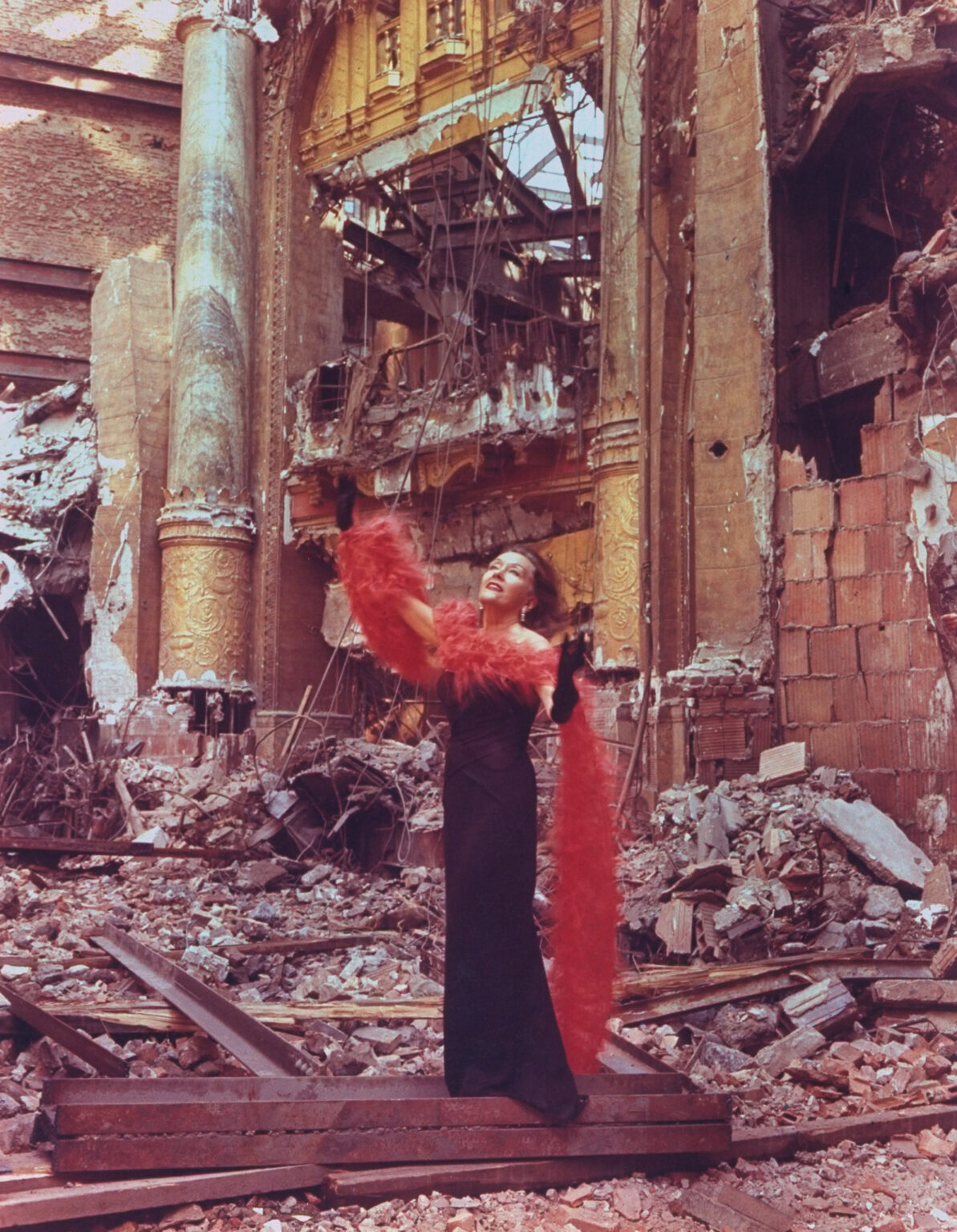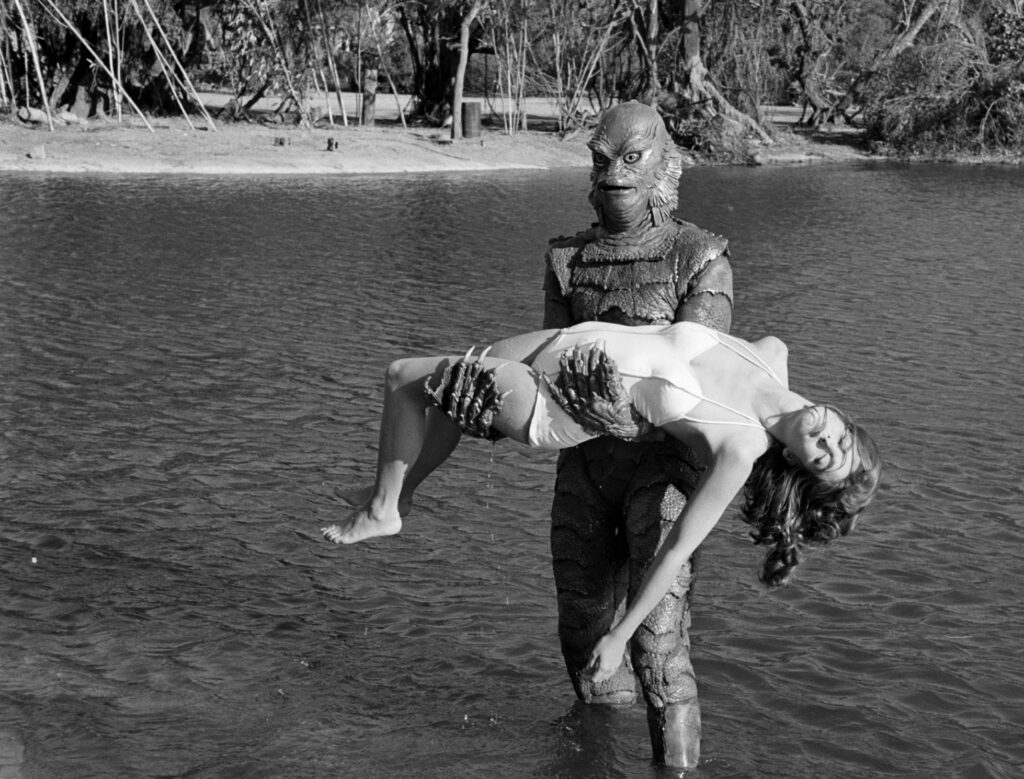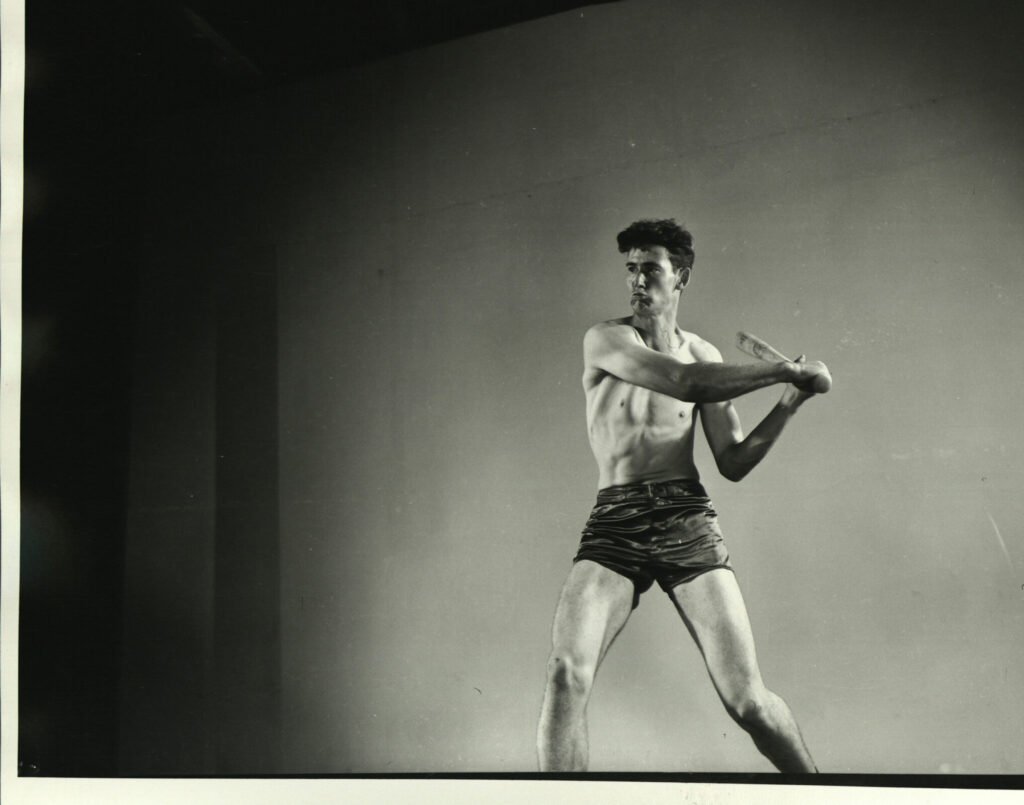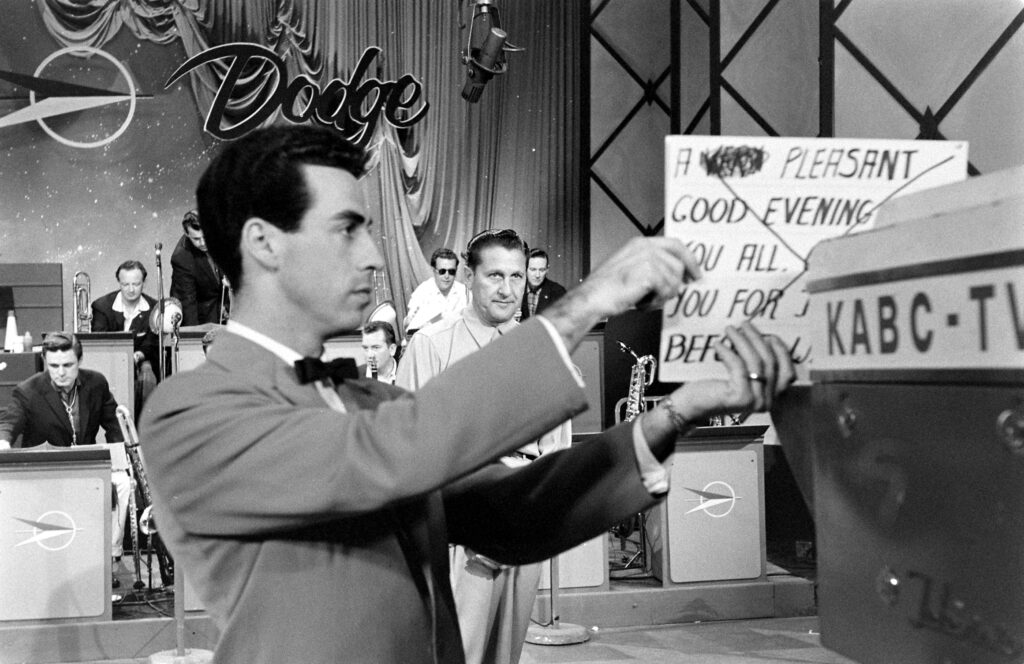In its January 26, 1962 issue, LIFE’s profile of Debbie Drake opened with a bold proclamation from the 29-year-old woman from Indiana. “I want to be the most important exercise girl in the world,” she said.
Drake did make her mark on history, as the first woman ever to host a national fitness instructional show on television. Her show launched in 1960 and stayed on the air through 1978. In 2015 she was inducted into the National Fitness Hall of Fame.
LIFE’s 1962 story on Drake, headlined “A Pretty Parer of Poundage,” talked about how she grew up “scrawny” but then put on weight after an unhappy teenage marriage and divorce, before turning to fitness. “That’s when the ugly duckling turned into a 38 ½-22-36 swan and an expert in figure improving exercises,” LIFE wrote. The story said that her show was viewed by millions, her syndicated column appeared in 40 newspapers, and her income was “in the $100,000 bracket.” The story also praised her “naive, unrehearsed, girl-next-door sincerity.”
If her persona was charmingly unrehearsed, it was also entirely of her era. In 1964 Drake released a record album of fitness instruction titled How to Keep Your Husband Happy, in which the cover showed a lounging man thinking of Drake going through various exercise poses. At least one cultural critic drew a line from Drake to the controversial Peleton ad that got run off television in late 2019 for its view of women’s fitness as being about pleasing men, rather than its physical and mental health benefits.
While many of Drake’s routines will be familiar to anyone who has taken modern fitness instruction, some of the exercises showcased in LIFE make dubious claims, such as a move while resembles yoga’s cobra pose, and which she said could help erase a double-chin.
Drake also wasn’t shy about appealing to a male audience. Her photo shoot for LIFE magazine included cheesecake poses in a bathtub. In a bit of footage from the Dick Cavett Show (she comes on at the 4:28 mark, after Woody Allen) Drake engages the host in a two-person, face-to-face stretching routine that was nominally about loosening Cavett’s back but also meant to weaken his knees.
It’s a far cry from the you-go-girl messages of personal strength advocated by the legions of Drake’s contemporary progeny on YouTube.
But there’s also no denying that she was in at the start of something big. For Drake, the medium was the message that lasted.

Debbie Drake filmed an episode of her fitness instructional show in a studio in Indianapolis, 1962.
Photo by Alfred EisenstaedtThe LIFE Picture Collection © Meredith Corporation

Debbie Drake led an exercise demonstration at the National Federation of Grandmother’s Club members in Indianapolis in 1962
Photo by Alfred Eisenstaedt/The LIFE Picture Collection via Shutterstock

TV fitness pioneer Debbie Drake demonstrated an exercise which she claimed could help eliminate double chins and tone the body all over.
Photo by Alfred Eisenstaedt/The LIFE Picture Collection © Meredith Corporation

One of the exercises that Drake demonstrated for LIFE readers was the “rear kick,” designed to strengthen the core muscles.
Photo by Alfred Eisenstaedt/The LIFE Picture Collection © Meredith Corporation

ebbie Drake recommended this “leg-over” for, as LIFE put it in 1962, “smiting hip and thigh.”
Photo by Alfred Eisenstaedt/The LIFE Picture Collection © Meredith Corporation

Debbie Drake, having remade her figure, took to television to show others how to do the same.
Photo by Alfred Eisenstaedt/The LIFE Picture Collection © Meredith Corporation

Fitness guru Debbie Drake posed for a LIFE photo shoot in 1962.
Photo by Alfred Eisenstaedt/The LIFE Picture Collection © Meredith Corporation

Debbie Drake played basketball with children in the driveway of her home with her son, nephew and niece.
Photo by Alfred Eisenstaedt/The LIFE Picture Collection © Meredith Corporation

Three-year-old Barbara Glidden was a frequent guest on Debbie Drake’s fitness show.
Alfred Eistenstaedt/The LIFE Picture Collection © Meredith Corporation

This episode of Debbie Drake’s fitness show featured comedian Phyllis Diller as a guest star.
Photo by Alfred Eisenstaedt/The LIFE Picture Collection © Meredith Corporation

Debbie Drake led comedian Phyllis Diller through a fitness routine.
Photo by Alfred Eisenstaedt/The LIFE Picture Collection © Meredith Corporation

Fitness star Debbie Drake shared a light moment with LIFE photographer Alfred Eisenstaedt during her shoot.
Photo by Alfred Eisenstaedt/The LIFE Picture Collection © Meredith Corporation





































































